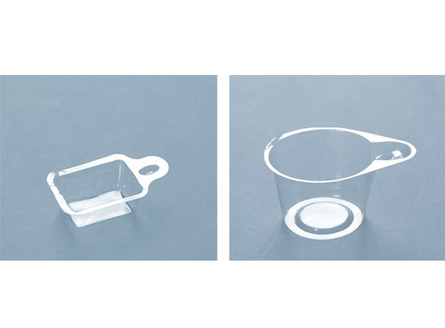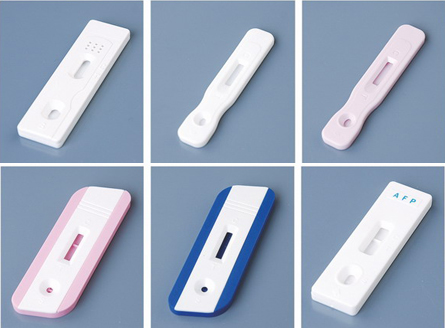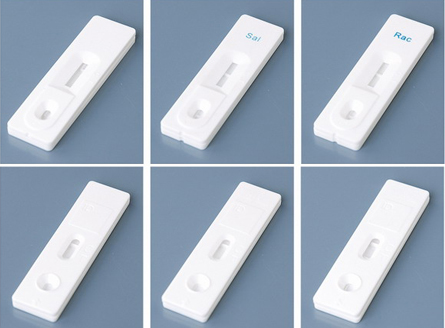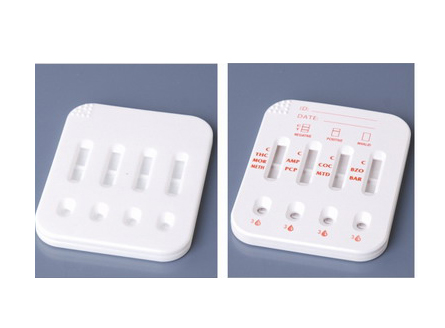
 Urinary cup
Urinary cupThe urine cup is a disposable container a...
 Gold Label Single Card
Gold Label Single CardOur gold label single card has a wide var...
 Gold Label Card Case
Gold Label Card CaseOur gold label card cases come in a wide ...
 Porous card board
Porous card boardPorous card boards can hold multiple dete...
FAX:+86-317-4052076
Email:czycgs@163.com
Web:www.xysjcz.com
Address:Du Sheng Xiang Xiao Liu Village, Cang County, Cangzhou City, Hebei Province
Current Location:HOME > NEWS > Frequently asked questions >
NEWSThe application of colloidal gold technology in veterinary drug residues
Veterinary drug residues are one of the factors that harm human health and affect the quality of animal products. Currently, the commonly used detection method is the initial screening and confirmation method, which first uses a simple method to preliminarily screen the sample to be tested, and then uses a more accurate method to confirm and analyze the sample with a positive initial screening result. The use of colloidal gold test strips for detection is a commonly used initial screening method. Li Yudong et al. labeled chloramphenicol monoclonal antibody with colloidal gold and used a competitive method to combine artificially synthesized chloramphenicol with chloramphenicol in the test sample. When detecting tissue samples such as shrimp, the low detection amount can reach 1ng/mL. Liu Jian immunized animals with clenbuterol hydrochloride to obtain a specific antibody, labeled the antibody with colloidal gold, and prepared a test strip. The small detection amount of clenbuterol hydrochloride on the test strip was 40ng/mL, and 86 negative samples and 42 positive samples were detected using ELISA kits, with a compliance rate of 100% and 95.2%, respectively. At present, colloidal gold test strips for various drugs such as tetracycline are also being developed, and different reports are constantly emerging. The specificity and sensitivity of test strips are also developing towards higher directions, and the role of colloidal gold technology in drug residues is becoming increasingly prominent
